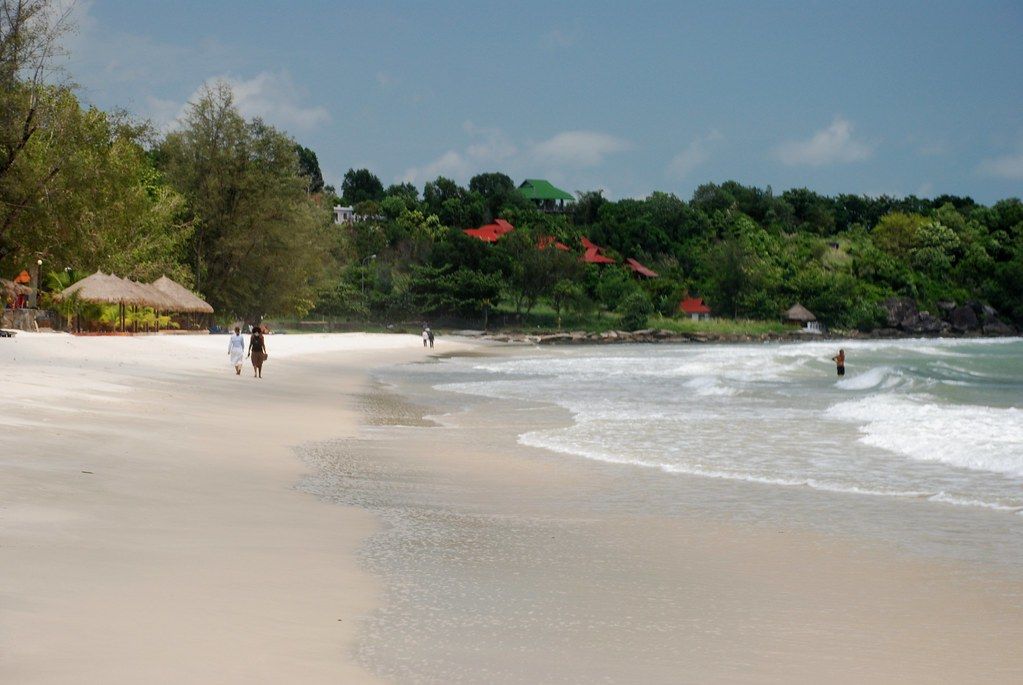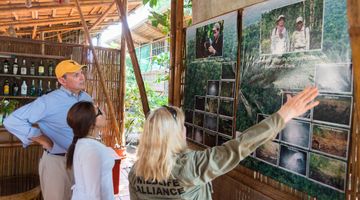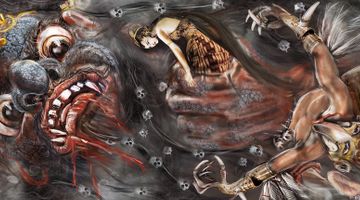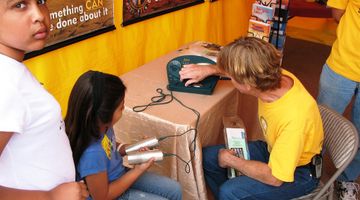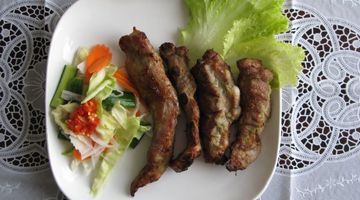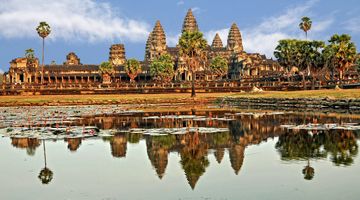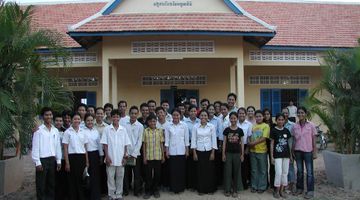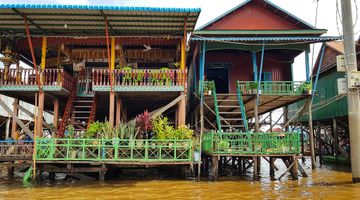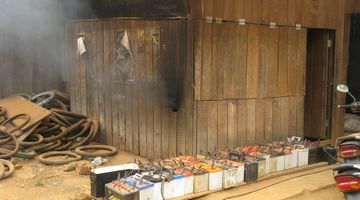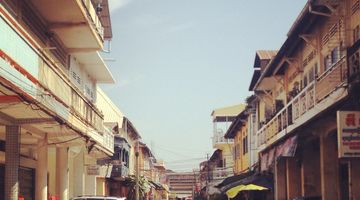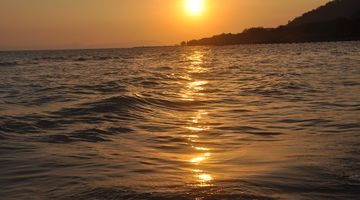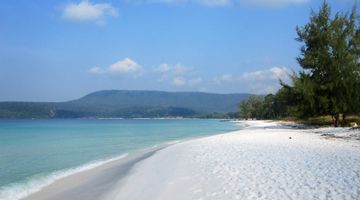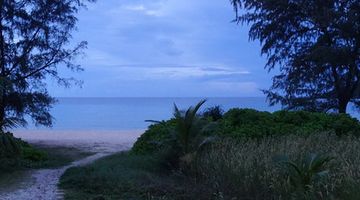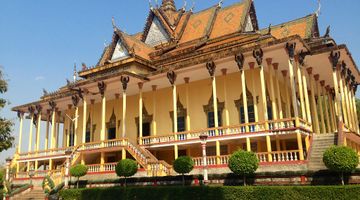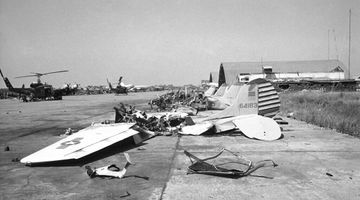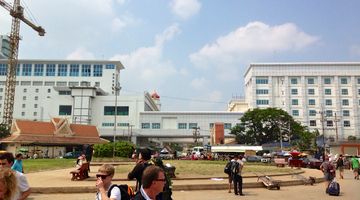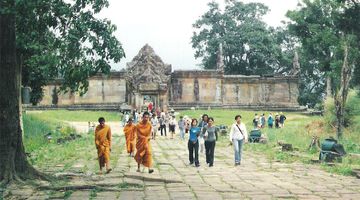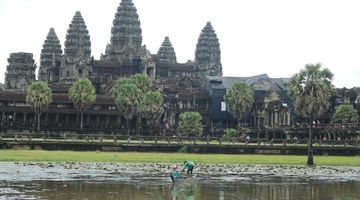Weather in Cambodia - Best Time to Travel
Up until recently visiting Cambodia was considered only within the frames of major touristic program around Southeast Asian countries, i.e. a small addition or bonus so to say. By today the Kingdom of Cambodia takes one of the top places in tourist strongholds due to its modern well-developed infrastructure, nicest beaches, and for sure, ancient culture landmarks.
While planning to do all that don’t you forget to ponder about the weather you are going into. Anyways most probably you will need a raincoat…
As in the majority of the countries in this part of the world Cambodia’s climate is overall hot and tropical mainly depending on the monsoon cycle controlling dry and wet seasons. Average yearly temperature holds around 25°С.
December-February
Winter would be the best time to explore this exotic southeastern country. Only in winter an average Northman will be able to feel and evaluate the perfection of tropical heaven.
January is dry and warm with small chance of raindrops falling from the sky. The mercury reaches 30°С at daytime and 21°С at night. These environmental conditions are very fortunate for making a tour to Siem Reap and getting acquainted and enamoured with magnificent Angkor complex.
...But hardly will you see it. Prepare yourself for hustling through thousands of people in the heat under scorching sunshine.
So-called high season got its name for reason. Already in December tourist areas are slowly getting stuffed with people. In February tour operators recommend to visit mountain Mon-Khmer groups, to see how they live and to know their traditions. Cautiousness never made harm so keep in mind that even in such rustic places they do have their inner rules and manners, so probably shorts and naked shoulders will be inappropriate. Besides, the temperature in the mountains is always a little lower.
March–May
Spring is commonly believed to be the warmest – well, hottest, to be more exact – period with temperature rise up to 35°С. So if you are not afraid of the heat there’s nothing to worry about.
The sun is very tricky so cover your body and stock up with sun lotion when going for an excursion.
April is perfect for lounging on the beach and getting sun tan. Most popular direction to do that is Sihanoukville, Kep and Kampot with their expressive sunsets and shabby French architecture pieces viewing Bokor Hill Station atop the mountain (Kampot ruote scenario).
The water in the Gulf of Siam warms up to 23-25°С. Tempting paradise from Bounty commercial.
May is thought to be the month of historic places lovers. At this a chain of touristic busses and cars head to the southwest from Phnom Penh. People are eager to see Popokvil Waterfalls and Bokor National Park. The surrounding atmosphere with all those tropical flora and purest air and thrilling landscapes will make you feel the sacred mind-and-body harmony perceived by the Far Eastern inmates ages ago. Most likely the latter part of the month will be rainy, which means the low season is coming.
June–August
In summer southern part of the country including highlands and the Gulf of Siam coast are captured by monsoons and heller rapid rains.
Southwestern region with current capital Phnom Penh suffers from heavy rainfalls as well. Nowadays the city is a modern metropolis with high-rise buildings, truly royal shopping centres and wide choice of indoor cultural facilities for you to enjoy.
Beach area is not so popular as used to be in spring. Though air and water temperature is practically similar to the ones in May, wind brings a lot of trash into the sea and coastline.
It’s not so easy to move around either; roads are muddy and slums are of common occurrence. Nevertheless natives make profit from the rainy season. They grow rice on huge paddies. And you know, rice is irreplaceable here.
Yet another thing worth mentioning. In spite of all cloudy skies, boredom, monotony and wet some say that there’s nothing more marvellous than Angkor in the rain. Its beauty is beyond words. Its wet stones and silver shimmering paths, bas-reliefs and steps washed with water are absolutely terrific. August is a great opportunity to see the temples and moats surrounding them with no people around. They simply don’t want to get their feet wet.
September–October
By the end of summer and at the beginning of autumn rains are going down but the humidity level is still high.
In October chilly winds replace heavy rains and blow over the land sending away pouring clouds. Daytime period shortens and at night the cloud density is so high that no stars can be seen. Due to previous heavy precipitations the water level is still very high throughout the country. So it’s better to plan a half-day journey to Kompong Phluk floating village on Tonle Sap Lake or flooded forests and get back to your place safe and sound before sunset. This adventure will stick into your memory, we promise…
November brings stability and thus inrush of visitors to the country. At daytime the air temperature warms up to 30°С but it’s still cool at night – 22-23°С. The same numbers are usual in the northern region of the country usually featuring more arid and mild climate.
Few are aware that there’s another city in Cambodia with plenty of temples from Khmer and even pre-Khmer times. It’s Battambang located in the northwest of the country being its 2nd largest city. Yet not so spoilt as Siem Reap and Sihanouk it’s worth seeing. And again French colonial timeworn buildings border on absolutely indigenous things such as bamboo trains which are up and running even now. Seize the moment!
There is no bad weather, there are bad clothes.

